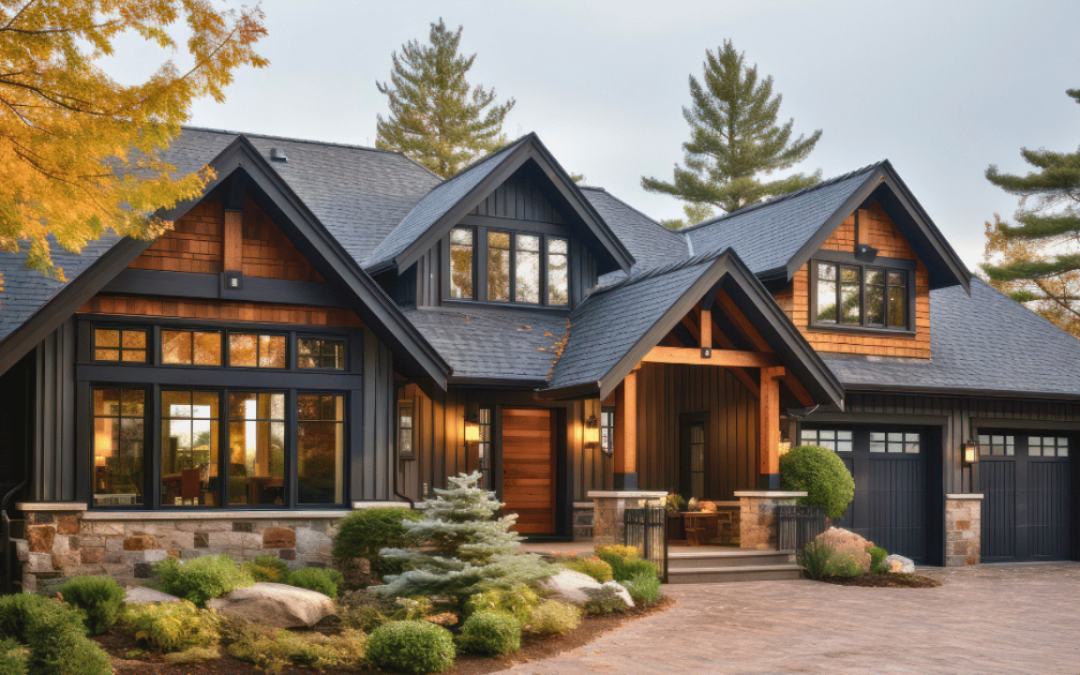It is especially important to cover the exterior part as effectively in the case of a wood home. Probably the most frequently asked question by homeowners is whether to use a primer before painting the wood. Although it may seem like an added extra, priming is vital as it prepares the surface for painting and helps to create a long-lasting, great-looking exterior for your home.
In this blog post, we will discuss why priming is important, the consequences of getting it wrong or right, and how to maximize your return on the money or investment that will be put to enhance the protection of your wooden home.
What Is Priming?
Looking at the reasons for priming, it is first necessary to know what is priming and what does it. Priming is the process of applying the first layer of a specific type of paint known as a primer, which has the responsibility of preparing the surface on which the final coat of paint will be applied. It is usually used on new wood surfaces before painting and usually comes in a kind of oil-based paint. It seals the wood about adhesion and gives it a uniform surface.
Why Is Priming Necessary for Exterior Wood Homes?
Wood is a natural material, which means it has many properties that make it very susceptible to deterioration from factors such as wear and tear and weather conditions. Even rain, wind, sun, or even temperature changes can damage the wood that makes up your exterior. Priming helps combat these effects in several key ways:
1. Sealing the Wood
Untreated wood can swell when affected by rain, snow, or even morning frost. This can lead to warping, cracking, or rotting over many years, season after season. Primer can be seen to cover because it is a barrier against moisture penetration into the wood. This makes your home’s exterior last longer and doesn’t damage your home’s structure.
2. Improving Paint Adhesion
Sometimes if paint is applied directly, it won’t set well on the wood surface due to the lack of a primer coat. This can cause the material to peel or become flaky after only a few seasons of use, so the type of material needs to be considered. Using a good primer reduces the chance of the wood getting ugly marks and enables the paint to adhere well to the wood, reducing the need to recondition the product.
3. Preventing Stains and Tannin Bleeding
wood is highly composed of tannins and oils, and sometimes these two components can seep through paintwork if the wood surface has not undergone the right priming. It may result in the formation of stains or blotches which are so embarrassing on the exterior hence affecting the beauty of your house. Priming to counter these problems because tannins cannot be allowed to pass through to the paint layer.
4. Providing an Even Surface for Paint
A wood surface typically has a fibrous or coarse structure, and irregularities in the color of the timber, knots, and grain. A primer used allows for flattening these irregularities as you prepare the surface for your final layer. That is why when a final coating of paint is to be applied, you get a professional and even-looking surface without those coarse points that could be associated with a blotchy look.
Types of Primers for Exterior Wood
Not all primers are the same. You will find that the type of primer that you will apply on your wooden surface depends on the state of the wood and the climatic conditions in your region. Here are a few options to consider:
1. Oil-Based Primers
Oil-based primers are good at sealing the tannins and provide a good adhesion point for the paint to hook onto. It may be especially valuable for old wooden houses or mislins with a large amount of knots and defects. Nevertheless, oil-based primers dry longer and clean up with mineral spirits, which will be slightly more time-consuming.
2. Latex-Based Primers
Latex-based primers, also known as water-based primers, are easier to apply and remove. They dry faster than oil-based options and are best suited for situations where the wood is relatively new, or where the environmental conditions are mild. These primers are ideal for home builders who seek efficient solutions. Additionally, latex primers have been improved to be more considerate of preserving the natural environment.
3. Stain-Blocking Primers
If your wood has had issues with tannin bleeding in the past or it stains easily, then a stain-blocking primer is your best option. These primers effortlessly do a job of concealing any color that they are off, so nothing you paint will be seen through to mar the pristine exterior of your home.
4. Multi-Surface Primers
For those searching for convenience, multi-surface primers may be applied on wood, masonry, and metal surfaces and are suitable for various surfaces. This is particularly ideal for a house with varied exterior surfaces and in a bid to avoid the stress of repainting each surface individually, they are painted as a unit.
How to Properly Prime an Exterior Wood Home
While it might be assumed to apply primer to the exterior wooden home, it is good to note the following few simple procedures. Here’s how to do it properly:
1. Clean the Surface
It is recommended that you clean the wood surface before proceeding to the priming stage: remove all dirt, rust, mold, etc. With a pressure washer or a simple hose, the task is as easy as pie. For persistent stains, scrub heavy dirt or mold or soap the area with a brush.
2. Sand the Wood
If the surface is already clean, you should then use sandpaper and gently apply it on the wood surface to smoothen out any rough areas or uneven surfaces. The primer must stick better and that is why doing it beforehand will assist.
3. Choose the Right Primer
As mentioned earlier, choosing the appropriate sort of primer is critical. If you decide on oil oil-based latex or even a stain-killing primer, ensure that it’s appropriate for exterior use and the type of wood you have.
4. Apply the Primer Evenly
Applying primer can be done with a paintbrush, roller, or painter with a preference for going to a sprayer to ensure uniform application on the wooden surface. Make sure all angles of the areas targeted are covered well, including every small space in between.
5. Allow the Primer to Dry
Once you have applied the primer, make sure you allow it to dry out before continuing and applying the last of the paint. Again, the time required for drying will depend on the type of primer used and the prevailing climate back home and therefore the instructions should be followed to the letter.
How Often Should You Prime Exterior Wood?
When priming, it’s easy to make mistakes that can affect the final outcome. Avoid these common errors for the best results:
1. Skipping the Cleaning Step
About the painting procedure, you should know that painting over dirty wood only entombs the dirt on the surface of the wood and when the paint starts to buckle and peel there is absolutely no stopping it. The key one is that the surface should always be clean before applying the primer.
2. Not Using Enough Primer
Applying a very thin layer of the primer erodes its efficiency mostly because it will have a plain surface that will not hold paint well. Do not forget to use plenty of primers to ensure you cover the wood and protect it from damage.
3. Painting Over Wet Primer
The best time to paint over the old color is when the primer is still wet since sealing old paint will inhibit its ability to forgive any small imperfections and create that smooth finish. When using a primer always ensure that you complete its drying process before you begin with the painting process.
Conclusion: Protect Your Home by Priming
In conclusion, priming an exterior wooden house should not be overlooked. It helps the paint stick better to the walls, it keeps moisture away from the walls which is very important and helps your home look good for many years. When using the proper primer, you can maintain the good appearance of your home regardless of the weather, thus protecting your investment.
At Christopher Custom Homes, we believe that every detail counts when it comes to crafting a beautiful, long-lasting home. Whether you’re building from the ground up or maintaining an existing home, priming your exterior wood is a step you can’t afford to skip.

